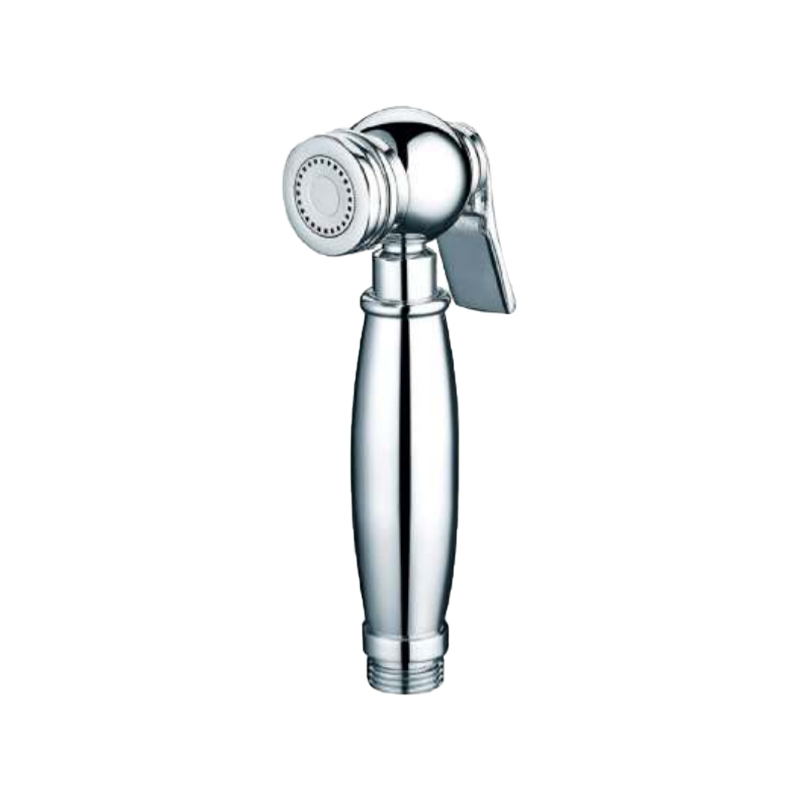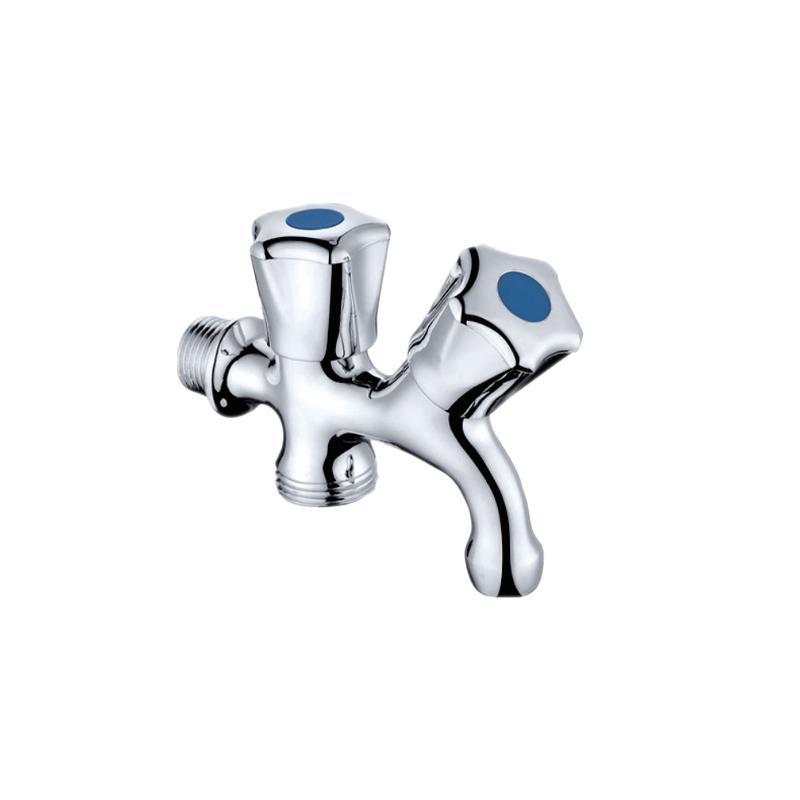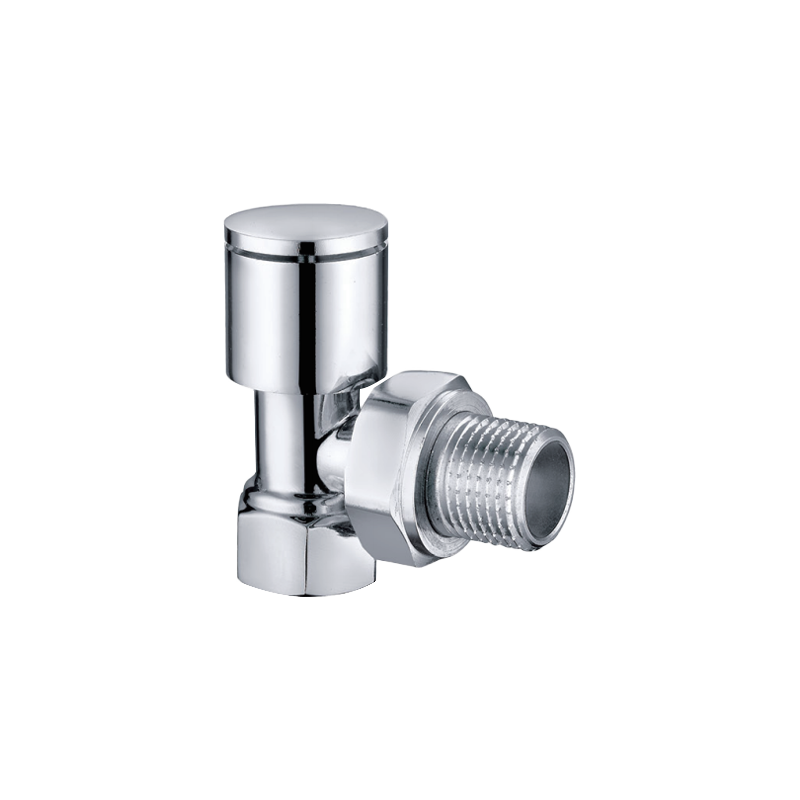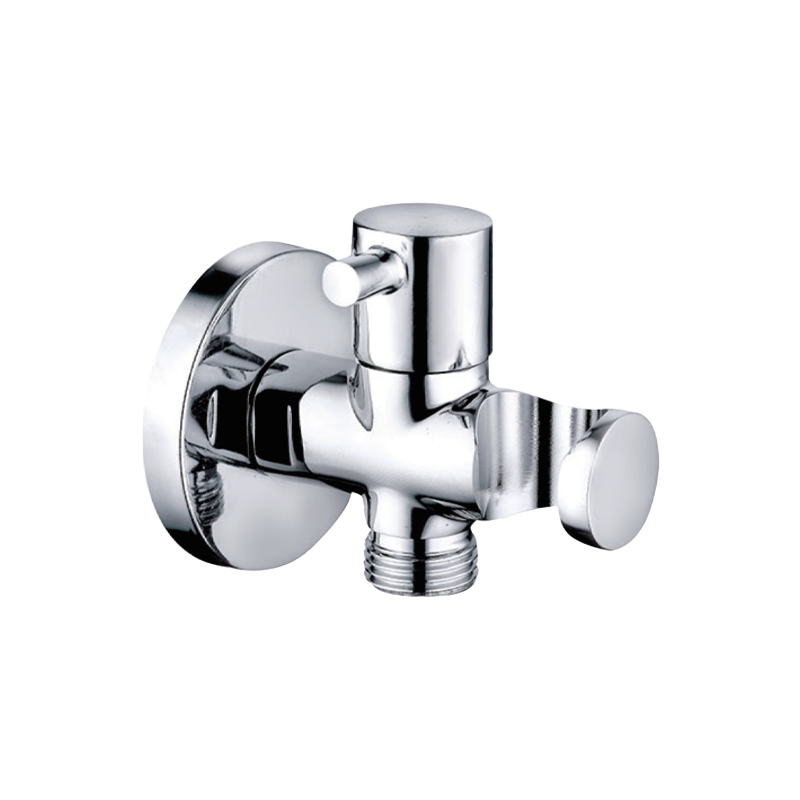
Valves have multiple functions in gas or liquid piping systems. This includes controlling flow, opening or closing flow, preventing backflow, and regulating and relieving pressure. Various valve designs are available, including plugs, globe valves, gates, butterfly valves, ball valves, and many others, depending on the application. However, one of the most important elements of safe, durable, compatible and easy to maintain piping systems is the composition of valve body materials. Valves may be subject to extreme pressure and temperature conditions. It should be able to withstand the pressure and load of corrosive and abrasive gases, mud and liquids. Due to different compositions, one valve material is usually more suitable for one project than another. To ensure that the best valve materials are installed for the application, it is important to understand the characteristics, strengths, and weaknesses of each material. The proper valve body material, whether PVC, steel or brass, can keep the pipeline system in a better state and extend its service life. The user also needs to determine the pressure and temperature requirements for the expected position of the valve.
Brass, an alloy of zinc and copper, is a popular valve material, which is widely used in oil and gas industry, HVAC applications, water treatment systems and other fields. Brass is softer than steel, so it is easier to form, and is also preferred in commercial and residential piping systems and other applications. However, care must be taken when using brass valves: FDA does not approve brass valves for drinking water and food and beverage applications unless they are certified lead-free.
In slightly acidic or alkaline solutions, the brass will be dezincified, the zinc will be lost, and the copper will remain on the valve material. In slight cases, only the appearance changes, and the color of the valve changes from yellow to pink. However, severe dezincification can cause the brass to weaken and sometimes cause the valve to perforate and crack. Brass is more expensive than PVC and more resistant to corrosion than plastic valves. It can withstand more heat than plastic, making brass valves the best choice for home piping systems. In addition, due to the softer material, brass valves are often used in lighter industrial and municipal applications, such as natural gas and HVAC applications. Due to its chemical composition, brass valves are often easier to weld than stainless steel valves, making brass more versatile and less costly to shape and shape. Brass valves can have pressure ratings up to 3000 pounds per square inch (psi).
Steel valve
There are many grades of steel, but the two most commonly used types in industrial applications are stainless steel valves and carbon steel valves.
Stainless steel valve
Stainless steel valve is a ferroalloy mixed with chromium and nickel, which is most suitable for high-pressure and high-temperature applications and harsh corrosive environments, such as crude oil refineries, brewing systems, food processing and marine environments. Corrosion is one of the main problems affecting valve body materials. When affected by high temperature and high pressure difference, the corrosion performance will become more serious, leading to cavitation. However, stainless steel is a kind of valve material. Under the correct conditions, it is more wear-resistant than other materials and can withstand this corrosion. This is because the existence of chromium makes stainless steel have an oxidation and corrosion resistant surface. In the food and beverage industry, careful selection of valve and pipe materials is particularly important. Since different factors need to be considered, such as the temperature, pressure and viscosity of the elements exposed to the piping system, it is essential to require the most appropriate product. Stainless steel valves are commonly used in food processing industry, especially direct contact valves. Due to strict hygiene standards, highly corrosive cleaners are used to keep systems clean and safely handle food, and any materials used in these systems need to have high resistance to these reagents. In addition, stainless steel can be electropolished to smooth surface defects, otherwise it will promote bacterial growth, leaving an ultra clean surface. Food, beverage and pharmaceutical units benefit from this disinfection function of stainless steel valves. Nuclear and thermal power plants involve critical applications where high temperature and high pressure conditions prevail. Here, austenitic stainless steel valve is a better choice. Similarly, in pulp and paper equipment, stainless steel valves are used because of their high chemical resistance. Although more expensive than brass valves, stainless steel valves are durable, resilient, and generally highly resistant to corrosion. This makes the stainless steel valve have a longer service life, making it a low maintenance, cost-effective choice. Stainless steel valves can have pressure ratings up to 10000 psi.
Carbon steel
Carbon steel, also known as low alloy steel, is a mixture of carbon, iron and other alloy elements. According to the exact content of carbon in carbon steel materials, there are different grades available, from low carbon steel to medium carbon steel to high carbon steel and ultra-high carbon steel. The higher the carbon content, the harder the valve material tends to be. However, as the hardness increases, the material loses ductility and ductility. Low and medium carbon steels are ductile and can be designed to suit specific applications. Carbon steel is used in a variety of industrial applications, such as hydraulic based processes, chemistry, and power plants. In hydraulically based applications, carbon steel valves are used because of their high resiliency to the corrosive tendency of water and other liquids. Because of its high carbon content, it has very good mechanical performance, making the valve device more durable. Its excellent tensile strength and impact value make carbon steel valves an ideal choice for high-pressure industrial plants. Compared with stainless steel valves, carbon steel valves lack chromium and are easy to rust, corrode, discolor and dye. However, carbon steel valves are cheaper than stainless steel valves. Therefore, if the process does not require high corrosion resistance, carbon steel valves provide an economical solution.
PVC
Valves made of polyvinyl chloride (PVC) are lighter than brass and steel, cheaper to produce, and corrosion resistant, making them useful in irrigation systems, commercial and residential piping, and chlorine environments. PVC valves are resistant to sunlight and oxidation, and have wider chemical compatibility with acid, alkali, salt solutions and organic solvents. However, PVC will warp at temperatures higher than 140 F. This is the maximum operating temperature recommended for PVC. Since the coefficient of thermal expansion of plastics is greater than that of brass and stainless steel, PVC is not suitable for high temperature applications. Similarly, their low burst pressure characteristics exclude them from high pressure applications. On the other hand, PVC valves work well at temperatures close to or slightly below freezing point; The tensile strength of PVC increases with the decrease of temperature, and has a certain expansion capacity under high pressure. However, care should be taken to avoid physical effects on the system, as the impact resistance of plastic will decrease with the temperature drop, and brittleness may affect the pipe material. Compared with metal valves, PVC valves are a more environmentally friendly choice because they require less energy to produce and are recyclable. In addition, PVC does not corrode like other materials, which results in uniform flow over time. PVC valve is relatively easy and cheap to install, with long service life, low maintenance cost and better cavitation resistance. This is why plastic valves are also used in wastewater treatment systems, some chemical processing, food and medicine, and oil refineries.

 English
English 中文简体
中文简体


.png)




